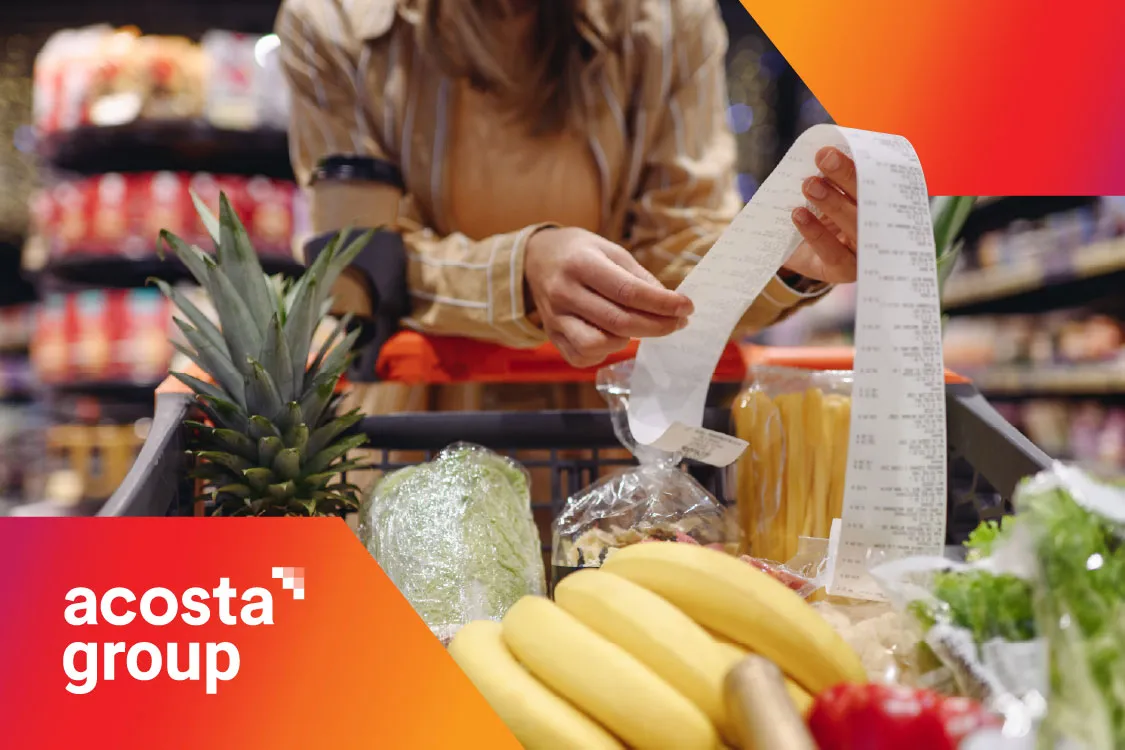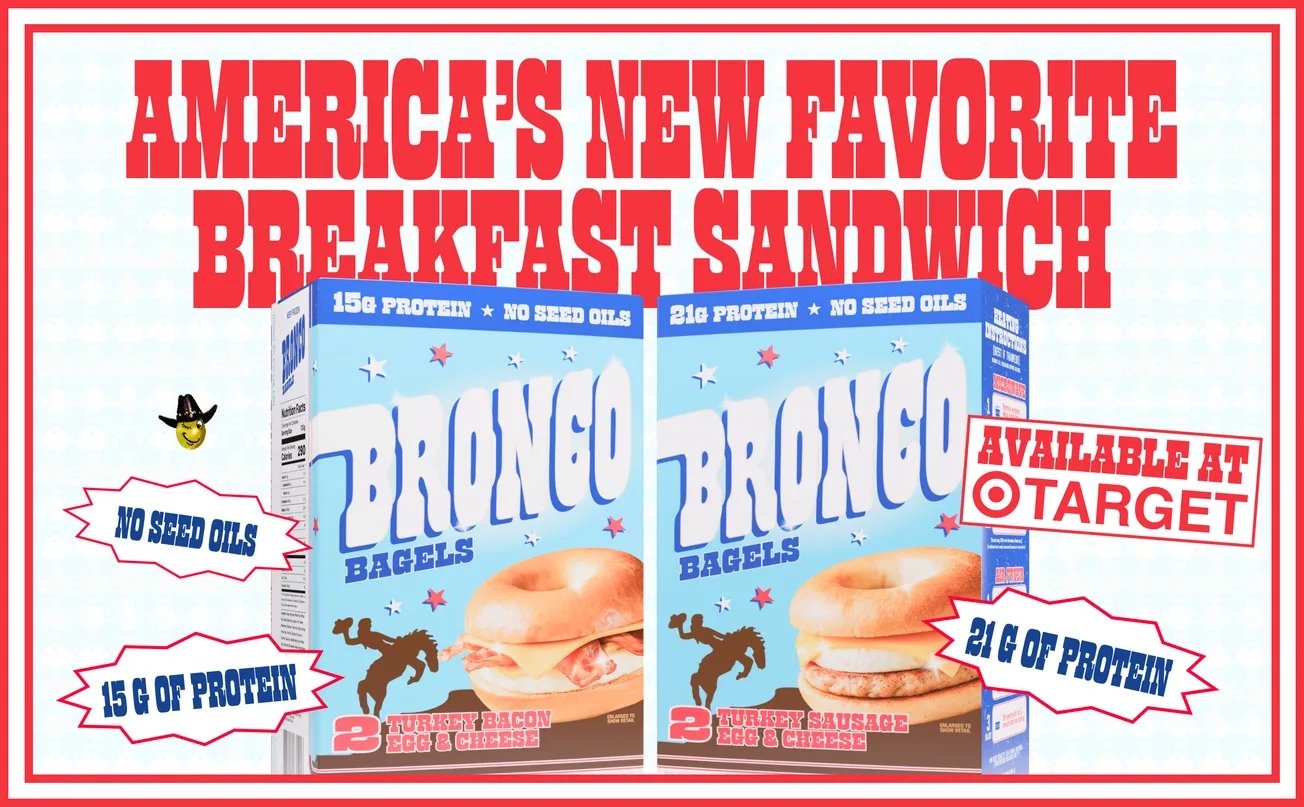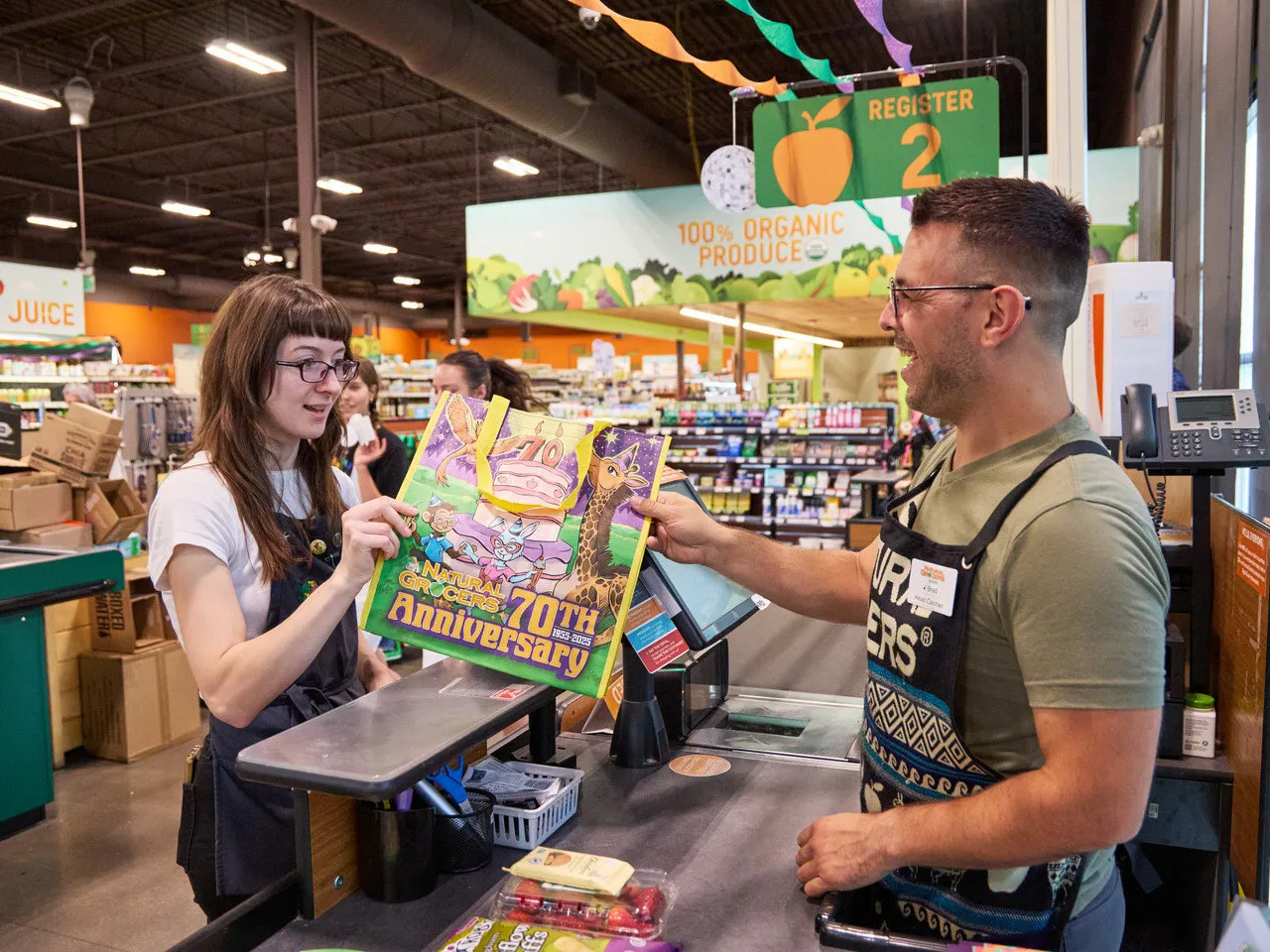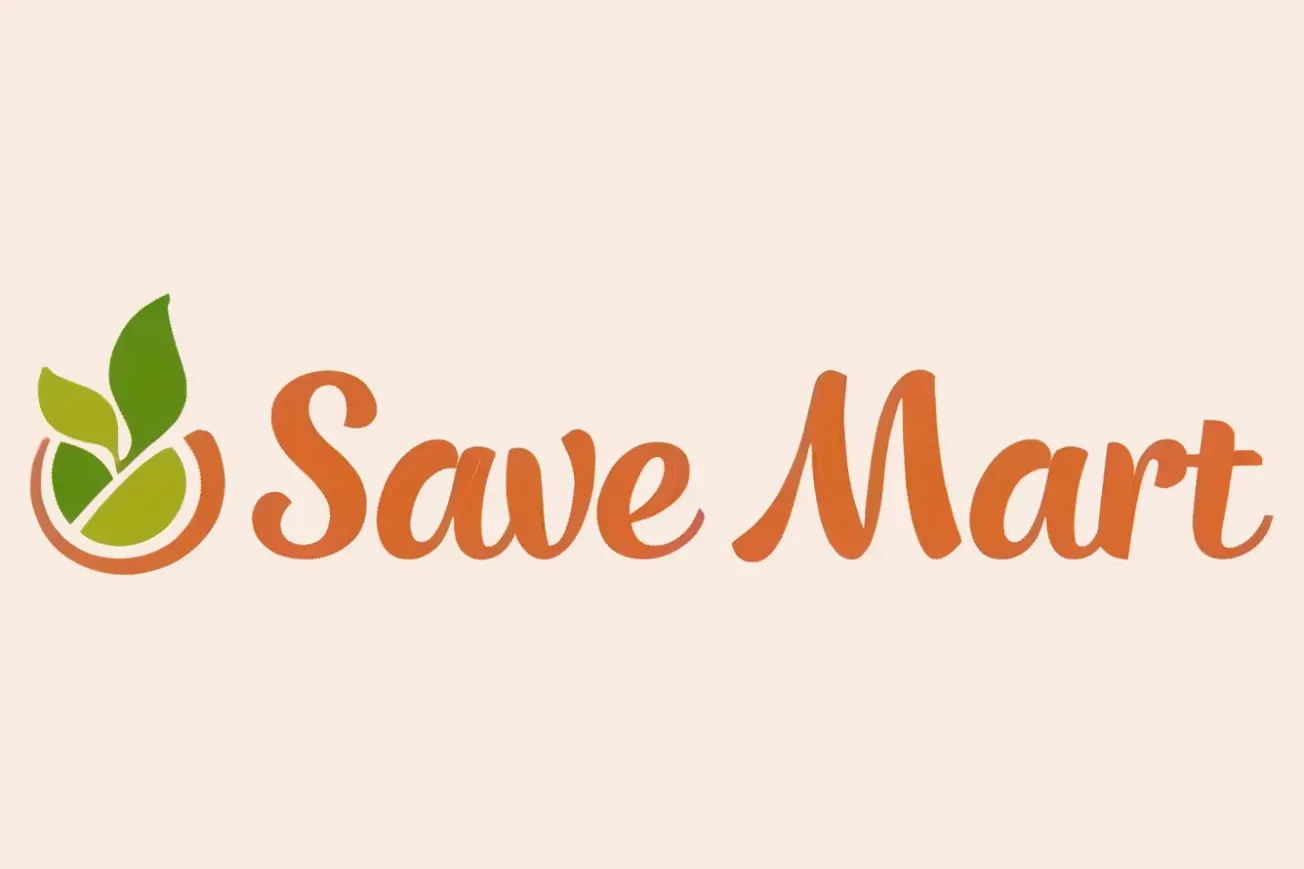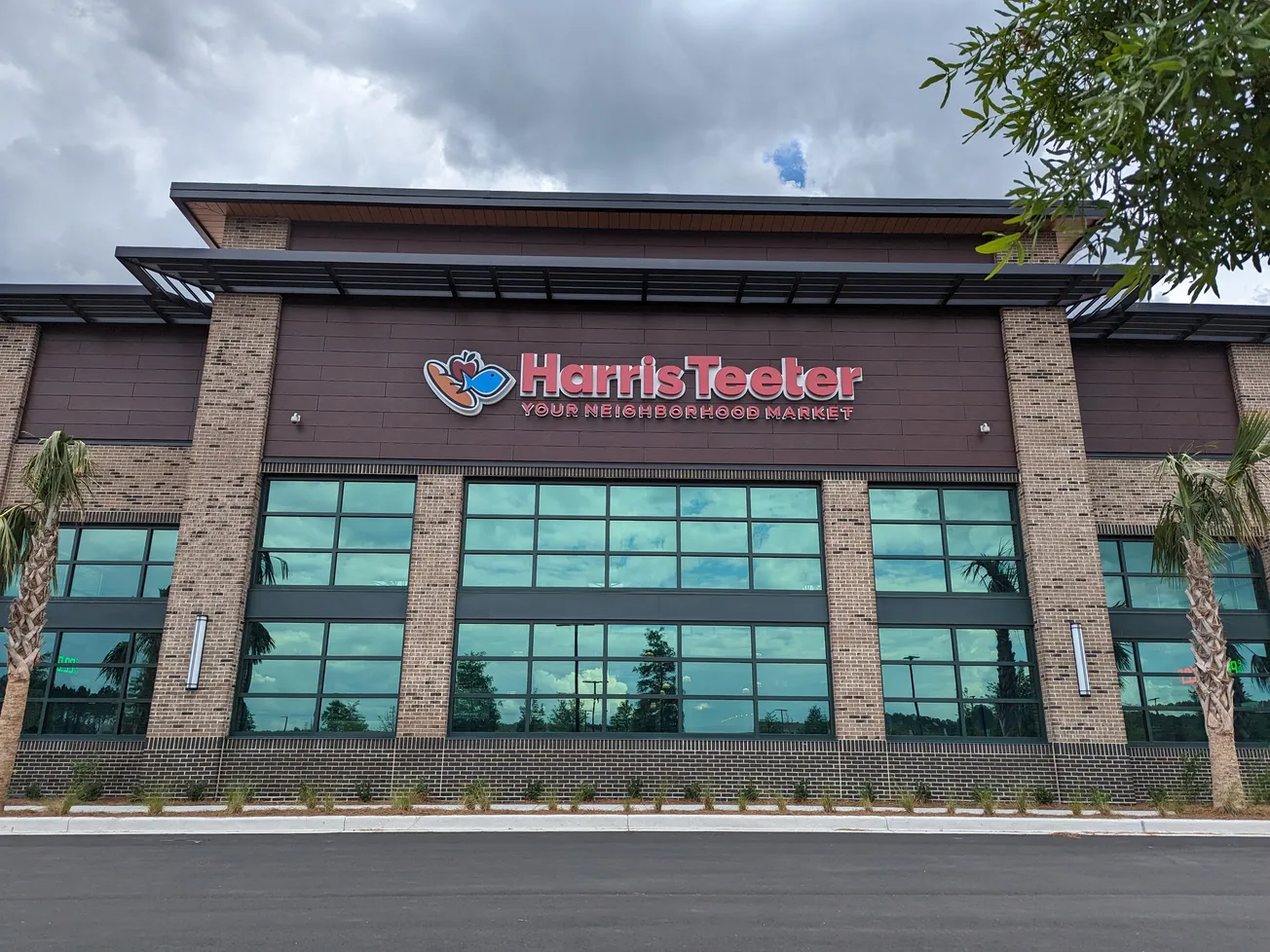JACKSONVILLE, Fla. — A new report from Acosta Group sheds light on the evolving behaviors of U.S. consumers navigating economic uncertainty, inflation fatigue, and tariff anxieties. The 2025 State of the Shopper Survey, based on insights from Acosta’s proprietary U.S. Shopper Community, reveals a nuanced and sometimes contradictory shopper mindset, driven by value-seeking and a continued appetite for affordable indulgences.
“The latest findings underscore shoppers’ seemingly conflicted opinions regarding concerns about the economy, tariffs, and their own financial stability,” said Kathy Risch, SVP, Shopper Insights and Thought Leadership, Acosta Group. “After the pandemic and five years of inflationary concerns, shoppers have clearly adopted new behaviors. They’ve become accustomed to cutting back on spending, shopping across channels for deals, and splurging, thoughtfully, on those indulgences that are most meaningful.”
Economic Anxiety Meets Everyday Adaptation
While overall consumer sentiment declined 30% through April, early signs suggest the mood may be stabilizing. Shoppers remain concerned about rising costs, especially in food and groceries, with 60% saying they’re more worried about prices than six months ago. Yet, fears around job loss and personal financial stability appear to be easing for many.
Tariffs are a growing area of concern, with confusion about their full impact. A majority of consumers worry that tariffs—especially on food (60%), major goods (52%), and electronics (51%)—could trigger a recession, particularly Millennials, 70% of whom fear a downturn in 2025.
Value-Driven Decisions and Selective Splurging
Despite cost-cutting behavior, shoppers continue to carve out room for “little luxuries.” Dining out remains the top indulgence for 66% of respondents. Meanwhile, 48% of shoppers say they now choose store brands because they want to, not out of necessity, highlighting the growing appeal of private label.
“Brands and retailers must respond by creating opportunities for small, satisfying splurges,” Risch added. “By delivering special experiences through quality, uniqueness, and indulgence, brands and retailers can tap into consumers’ desire for ‘little luxuries.’”
Discount grocery and dollar stores are gaining favor, while visits to specialty grocers have declined due to tighter household budgets. Yet traditional grocery remains dominant, with 78% of shoppers listing it as their go-to channel.
A Shift in Shopper Segments
- Boomers are reducing waste and hunting for deals.
- Gen Z is cutting back on overall consumption—43% report buying less.
- Households with children are especially sensitive to inflation, making sharper tradeoffs in spending.
Implications for Brands and Retailers
The findings suggest that retailers must balance pricing strategies with opportunities for meaningful consumer experiences.
“In the midst of economic uncertainty and shifting consumer perceptions, brands need to lead with innovation, tell a compelling story, and deliver consistent value,” said Chad Barnett, SVP, National Client Insights, Acosta. “For retailers, customized offerings that highlight value and effective use of digital tools and platforms is key. By investing in purpose-driven messaging, smart shelf strategies, and a bold digital presence, brands and retailers can differentiate themselves, reassure consumers, and win in physical and digital marketplaces.”
The survey was conducted from April 25 to 29, 2025, with 792 respondents from Acosta’s diverse 40,000-member Shopper Community.
Explore more from Acosta Group’s Shopper Insights to unlock smarter strategies for today’s evolving consumer landscape.


